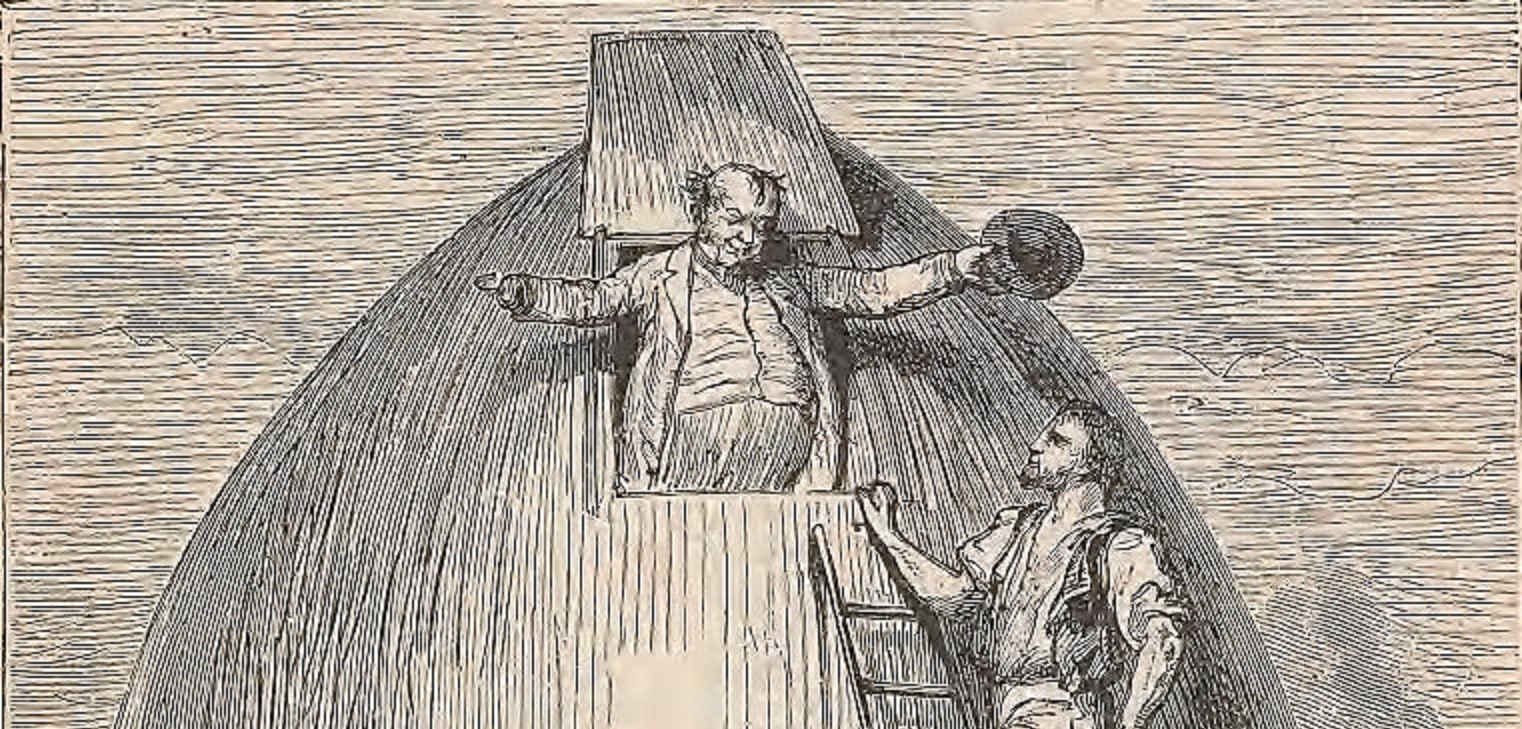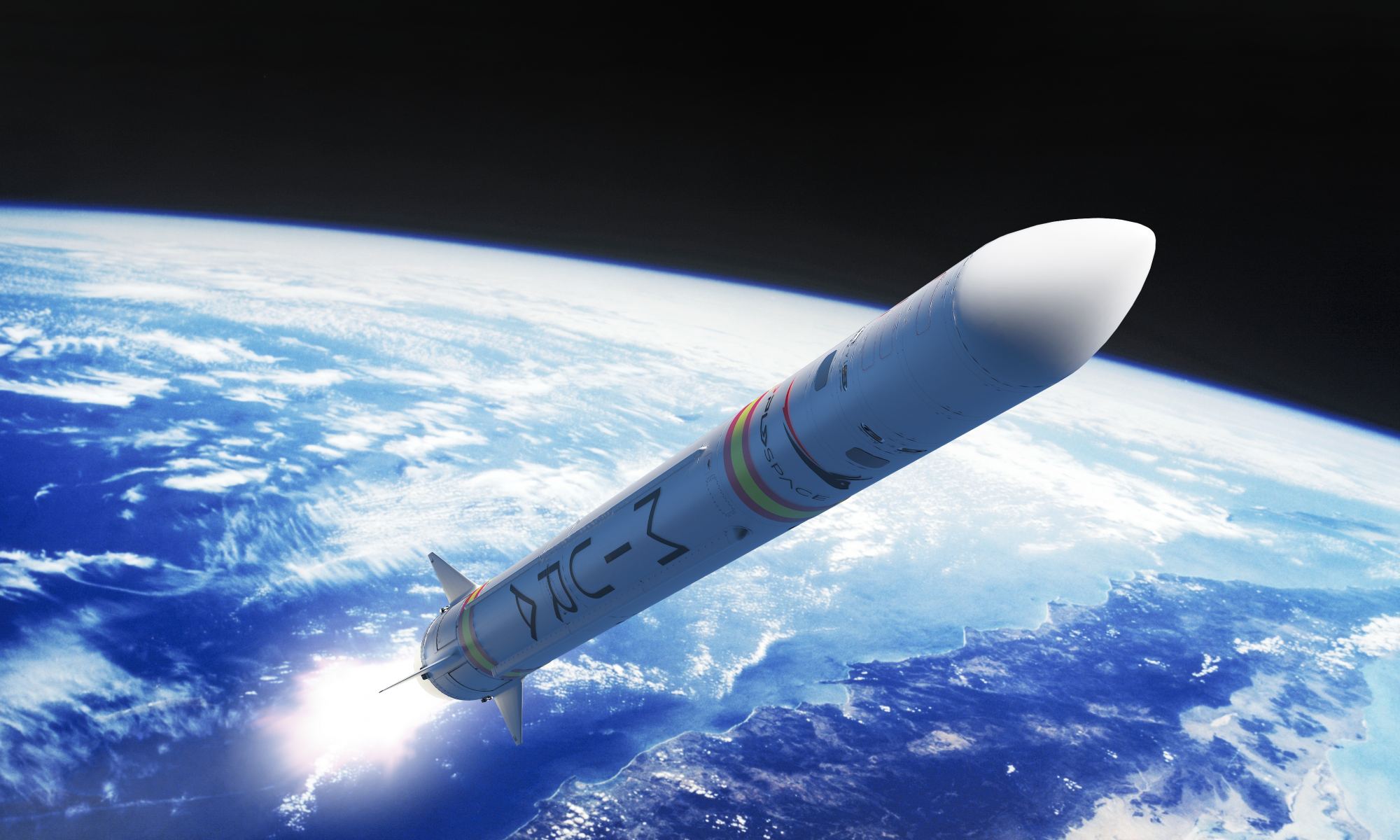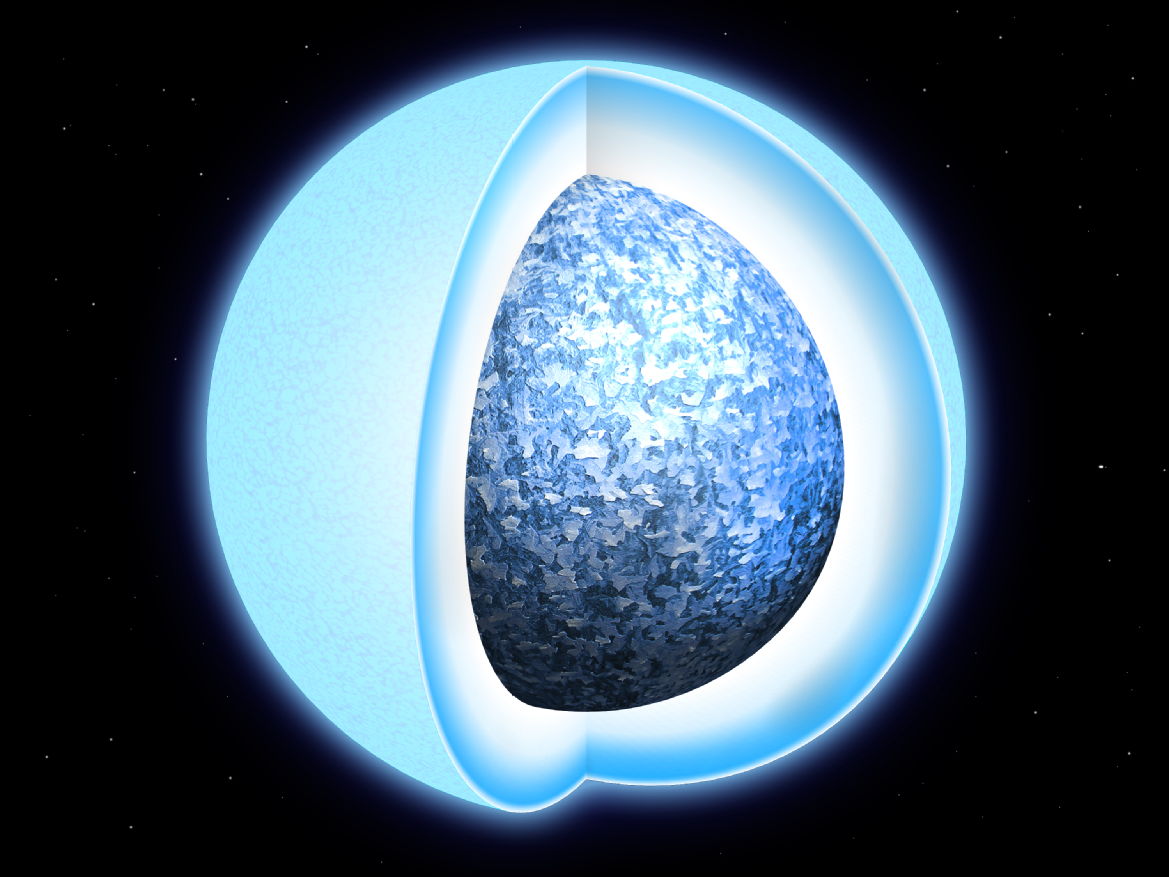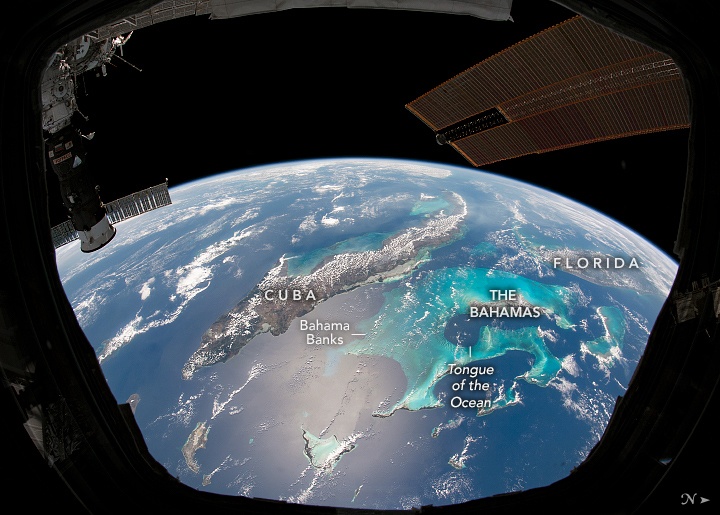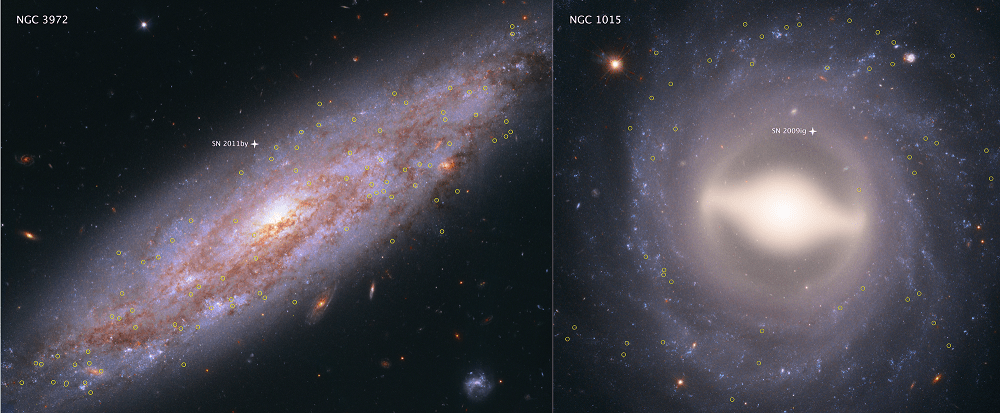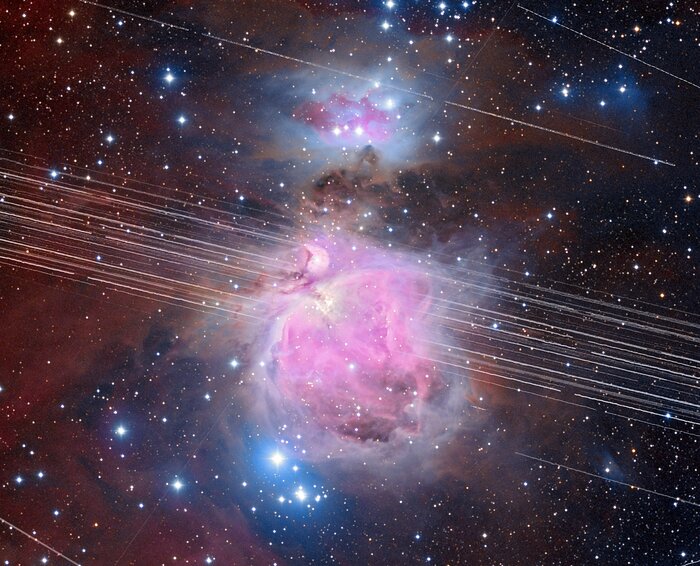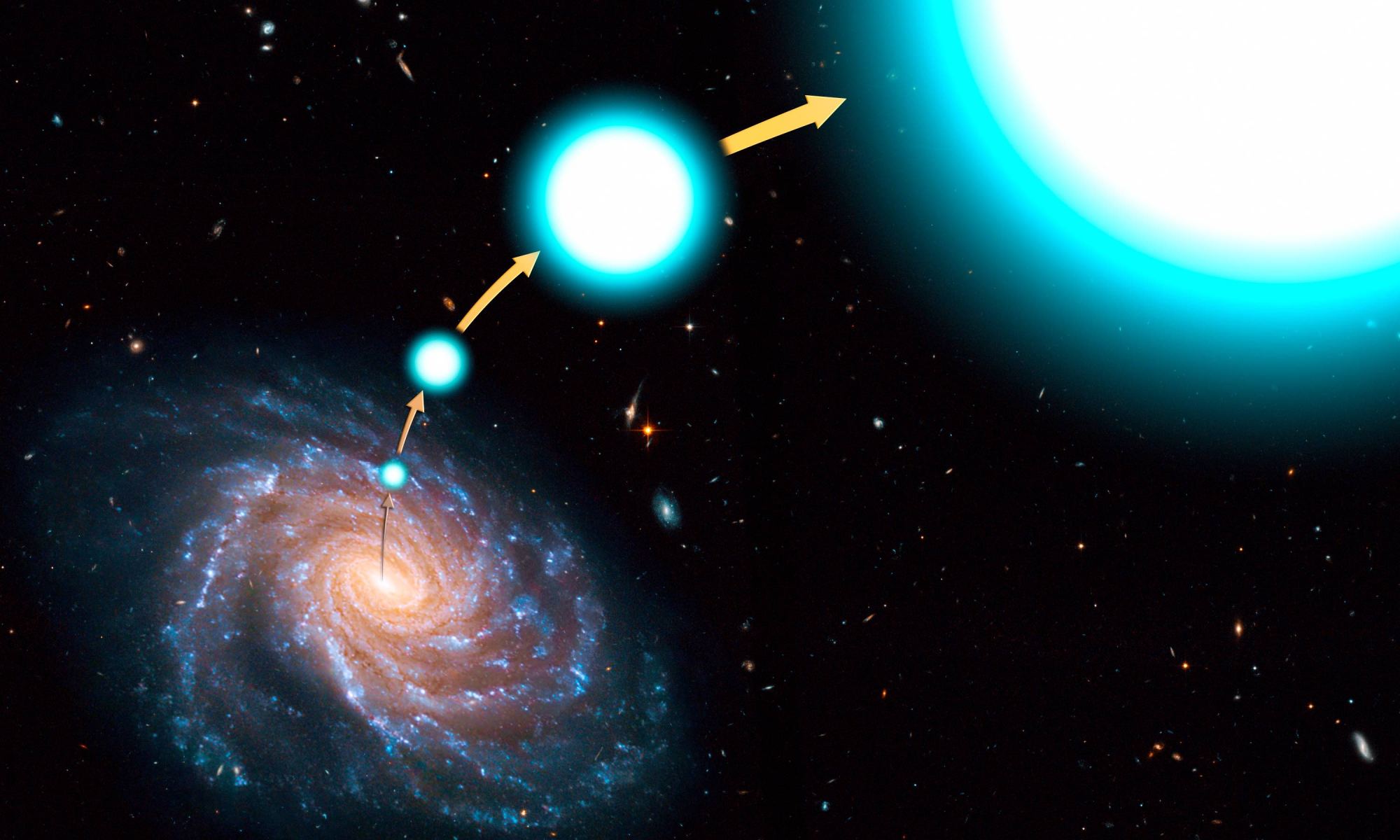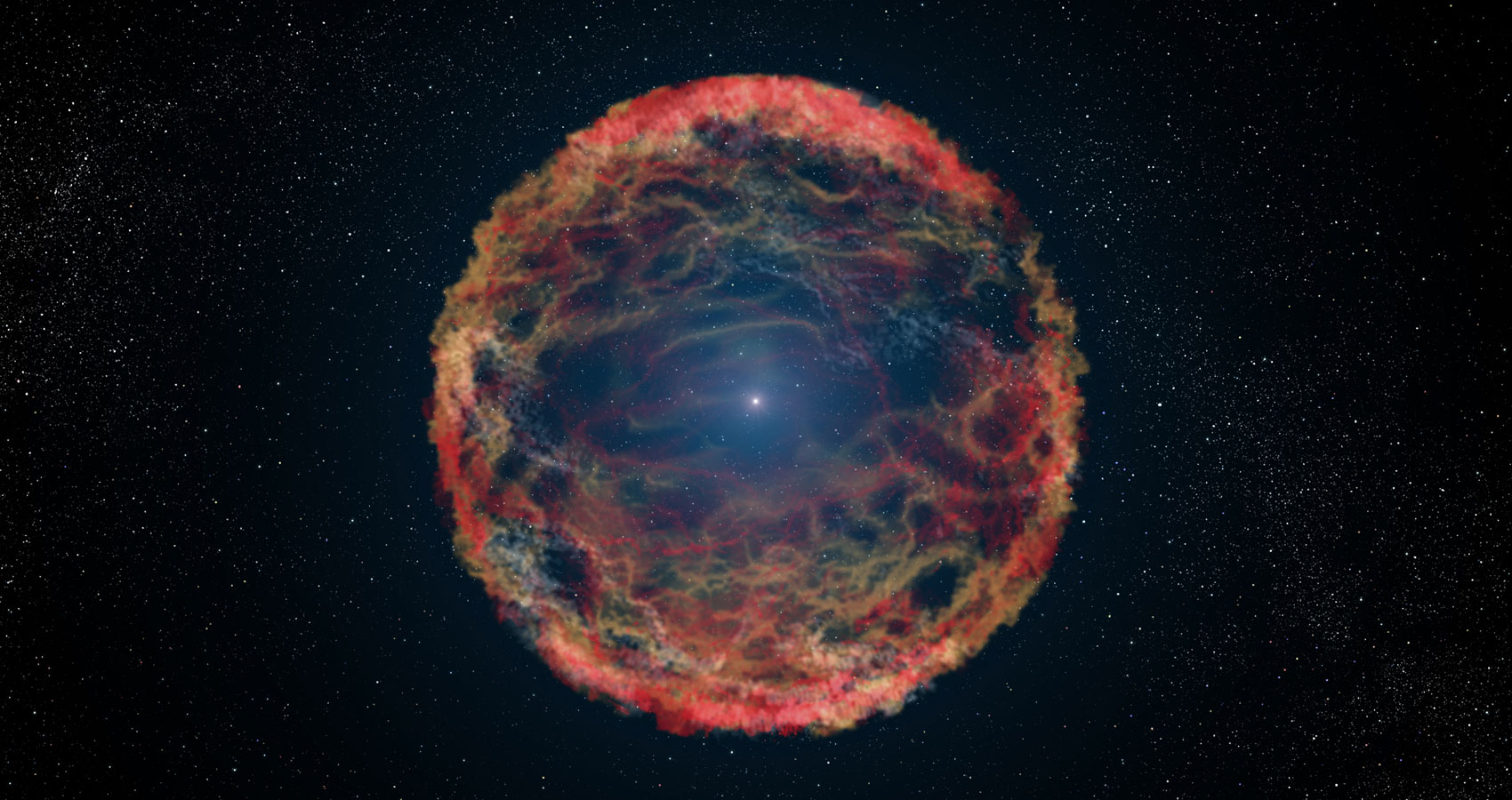The commercial spaceflight revolution didn’t begin with Elon Musk. Or with Jeff Bezos, or Richard Branson, or any of the other billionaires who’ve spent a fortune on the final frontier over the past 20 years.
Would you believe it began with Jules Verne in the 1860s?
That’s the perspective taken by Jeffrey Manber, one of the pioneers of the 21st-century spaceflight revolution, in a book tracing the roots of private-sector spaceflight to the French novelist.
“The first realistic steps taken in rocket development were because of a French science-fiction book,” Manber says in the latest episode of the Fiction Science podcast. “And that’s an underlying theme, in that we really needed a commercial ecosystem to get going. It’s not a government decree.”

